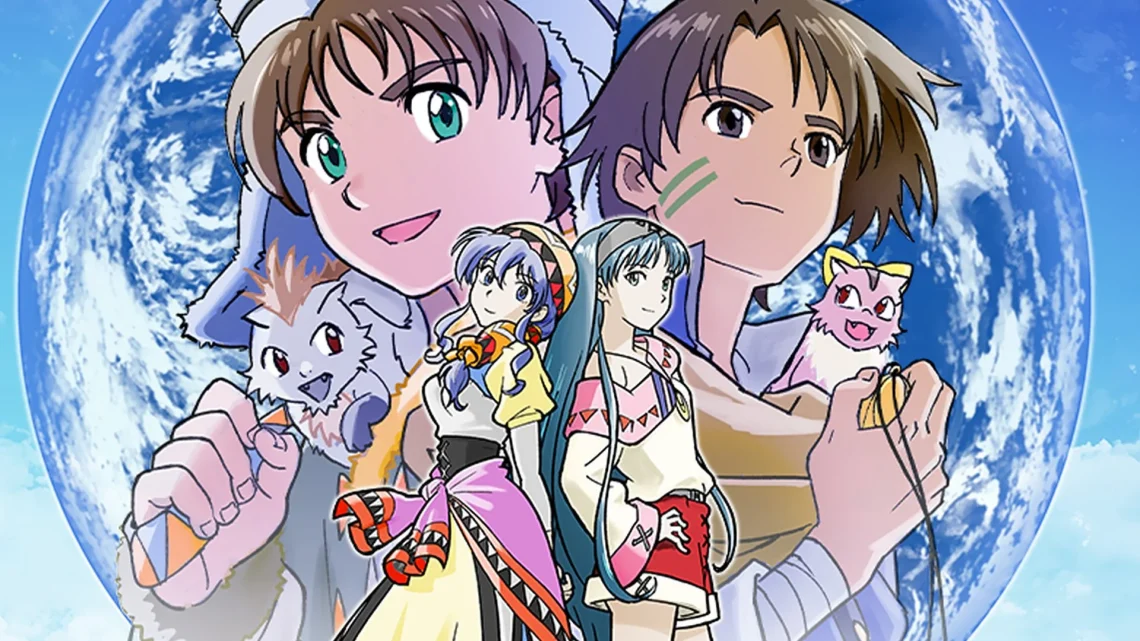The Lunar games are from the golden age of JRPGs of the early to mid-’90s. Originally released on the Sega CD, and then the Playstation 1, the Lunar games have been regarded as some of the best games of their style and genre, along with games such as Grandia and Chrono Trigger. Lunar Legend was released on the Game Boy Advance. The Game Boy Advance Lunar game was a re-telling of the original Lunar game that is represented in this package. The series has numerous entries. In this collection, we have Lunar: Silver Star Story Complete (which is based on the PSOne re-release), and Lunar 2: Eternal Blue Complete (again based on a PSOne re-release). While probably not as gripping as Chrono Trigger, these adventures are whimsical and will spark your imagination.
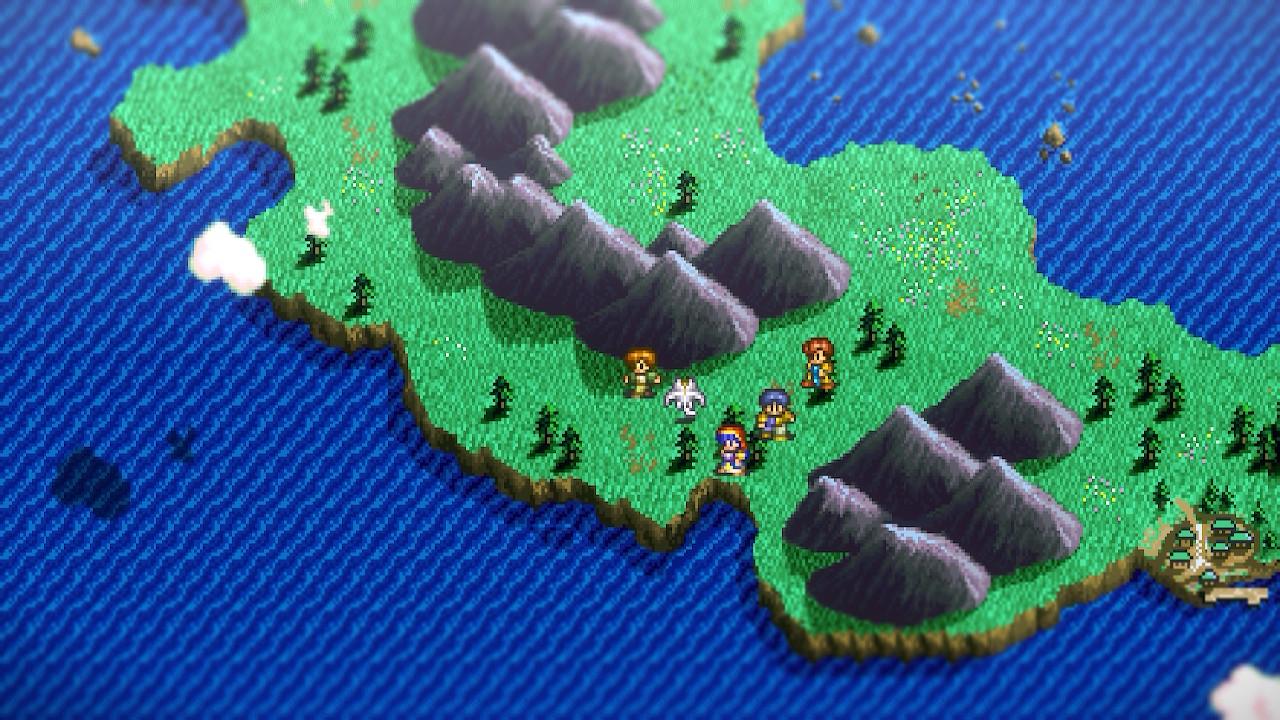
Gameplay and Presentation
The Lunar games are accessible RPGs. This collection has remastered and original modes available. The content includes a turn-based battle system (not active like in Chrono Trigger, but more similar to Pokemon games) with the option of auto battle and various speed levels of combat. There are also impressive, anime-style cutscenes. The first dragon cut scene had vibes of ’80s and ’90s classic anime. The option of auto battle doesn’t mean that you’ll always win; you’ll still have to grind for your party to be strong enough to make progress. Even through using auto-battle, your party can still be wiped out. The anime-style character portraits are charming, and the vibe is hopeful and positive. Imagine if you are young and just about to go on a fun adventure that will test your strength and character; that is what Lunar: Silver Star Story feels like. Its vibe could be compared to Saturday morning cartoons from the ’90s. The games use a simple battle system. Healing, attack, defend, and magic abilities are all available. The player uses a maximum of four characters in their party.
Some grinding is required to ensure progress. Controls of choosing attack, defend, item, etc., are slippery, and often you choose the wrong action because of the slippery controls. Luckily, the player can usually correct this before the action occurs. The story is built around the gameplay. There are a couple of surprising moments in the story that go against the grain of most traditional JRPGs (from my experience). However, the story is generally upbeat and predictable. The anime-style cutscenes’ voice acting was present in the original versions. The remastered version includes quality-of-life additions and improved visuals as well as widescreen support. There is a choice between classic mode and remastered mode when you begin the game. Both of these options can use the same save file, so in essence, you can switch over your playthrough. I noticed that the classic mode seemed to have a different-sized screen area with a border, whereas the remastered appeared to be more full screen.
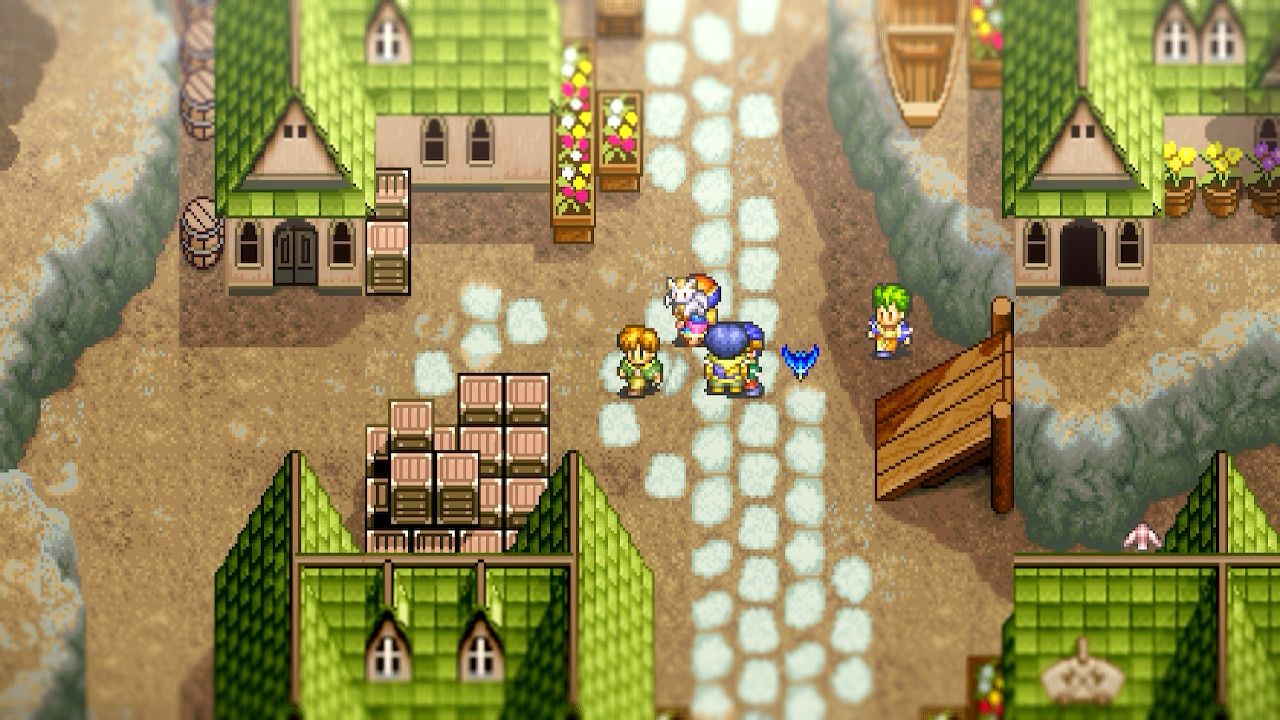
Story
As a turn-based, traditional Japanese role-playing game, the story and world-building in the Lunar games are an important part of the experience. Lunar: Silver Star Story revolves around two main characters, Alex and Luna. These two have grown up together, and they’ve now reached an age when they are often off adventuring. They idolize a character from their parents’ generation named Dyne, a dragon master who previously collected gems from dragons throughout the game world. Other characters will periodically join them on their adventures, such as Ramus and Nash. Then there is Nall, a winged cat-like creature that is often quick to advise the party and can make the difference between success and failure. Near the start of the game, the characters meet a creature called Quark, who sets them off on their main adventure. The cutscenes include voice acting, which increases the realism of the events.
The towns and villages of the game are full of interesting characters with things to say that help create a believable world. There is an overworld map that you traverse, but enemy encounters occur in specific areas, such as forests or caves, rather than on the overworld map. Then, there are numerous boss fights. Such as the blob fight at the port when our party is on the way to Meribia.
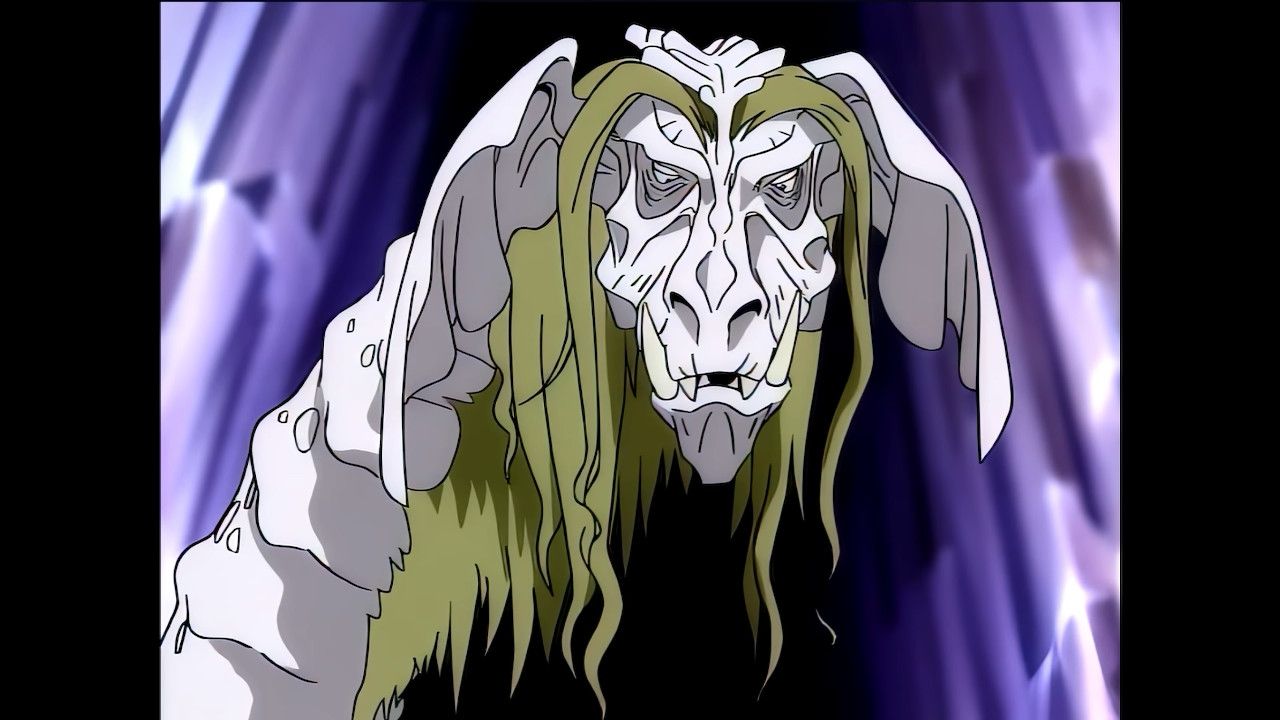
Graphics and Sound
The graphics are similar to other 16 and 32-bit role-playing games from the 90s. Pixel-based art with large sprites is the art style of Lunar. Again, it can be compared to Grandia. However, the cutscenes are on another level, and even though I’ve never finished Final Fantasy 7, I think it’s similar in that respect. However, in Lunar, the cutscenes are hand drawn rather than using 3D models as in Final Fantasy 7. I wish I played Lunar on the Sega CD or PSone, as I can see how it’s an enthralling adventure that I would have loved as a kid. This remaster collection is well-made and provides a wealth of options in which to relive these classic tales or experience them for the first time.
In terms of sound design, Luna herself shows she’s a good singer, and her healing sounds become iconic. Your family and friends will know you’re playing Luna by the lullaby sounds of her healing your party. Nothing else in terms of sound design is much different from other JRPGs of the era. There’s a nice jingle when you stand near the statue at the center of conurbations, which automatically heals your party. The game includes visits with dragons who are sentient and can talk. They are well animated. The first cutscene when meeting Quark was impressive. The visuals and sounds were cutting edge for their time back in the ’90s. The game is a real blast from the past. The CD technology of the Sega CD and PSOne were taken advantage of to create the great soundtracks and cutscenes of these games.
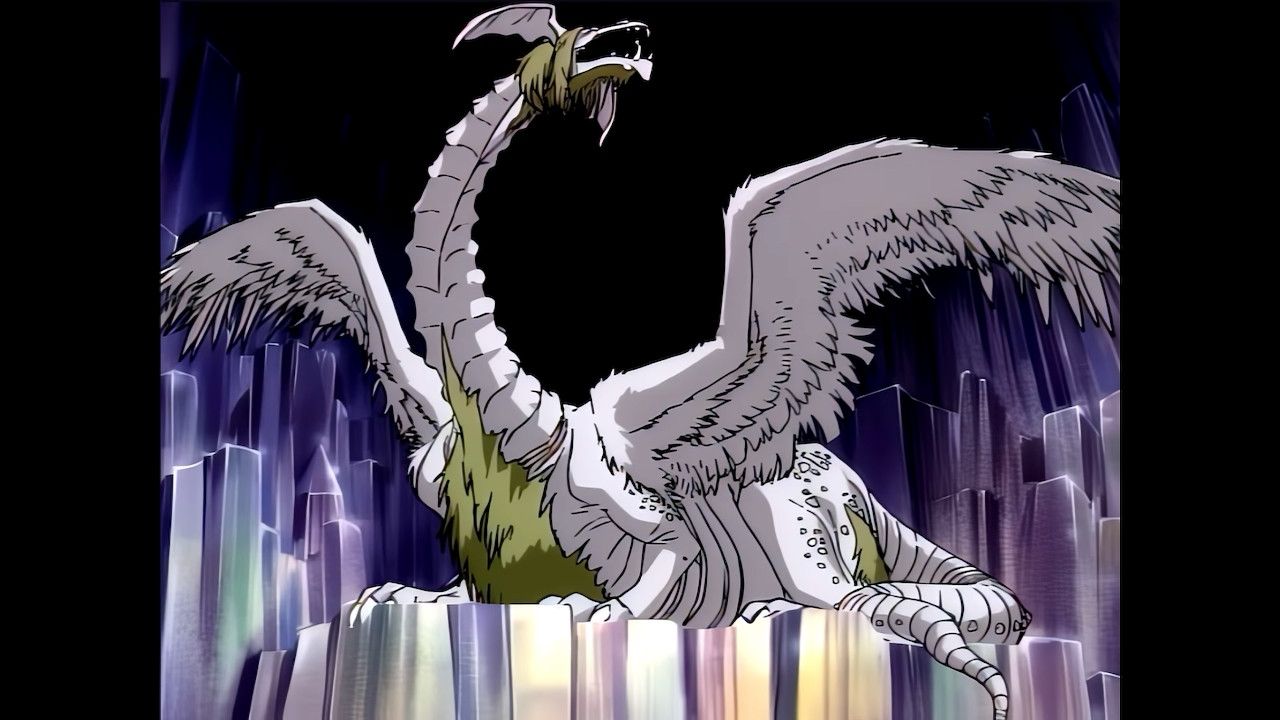
Summary
Overall, the Lunar Remastered Collection is an attractive package that updates two great role-playing games from the mid-’90s. There are options to play the remastered and original versions, and you can switch which version you are playing midway through your playthrough if you feel like it. The core games incorporate great anime-style cutscenes. The cutscenes are impressive and really make the great, feel-good story shine through as you are playing the game. There is an auto battle system available, but that doesn’t mean that you can let the game play itself. You’ll still need to grind in order to level up your party of four to make them strong enough to beat the multiple bosses (and difficulty spikes).
However, the game is generally accessible and it is like a warm cup of tea playing through Lunar: Silver Star Story and its sequel. The games can be compared to Grandia. However, the anime cutscenes really make this Lunar collection sparkle. If you are a role-playing game fan this title is a fun playthrough. However, the controls can feel slippery, up to the point that wrong options are selected when battling. I used multiple different controllers and still had an issue with the difficult controls. It almost felt like a Kemco role-playing game on mobile at times. Nonetheless, the core greatness of the collection shines past these minor issues.
The Review
Great

